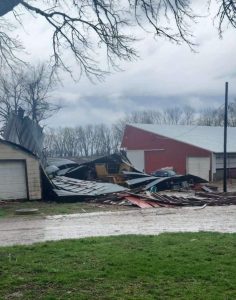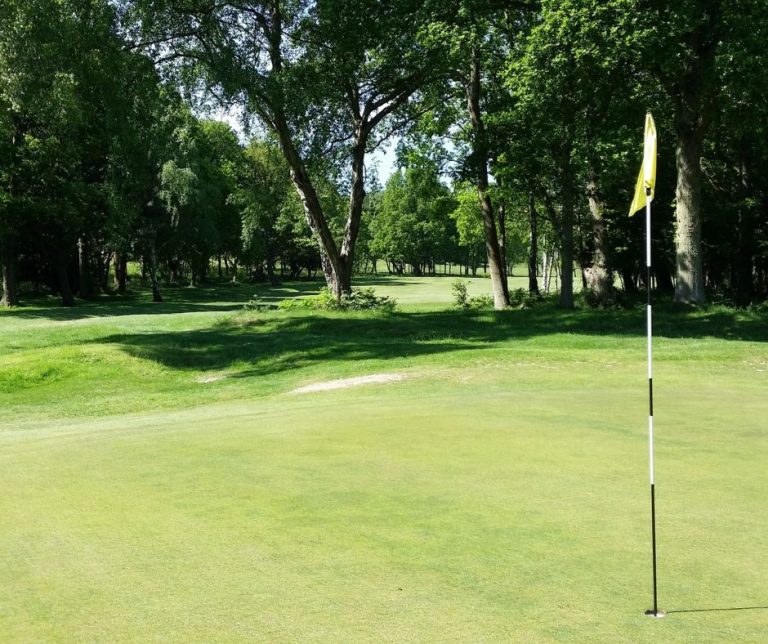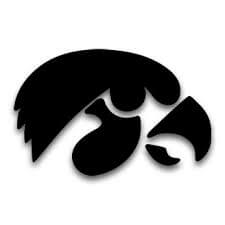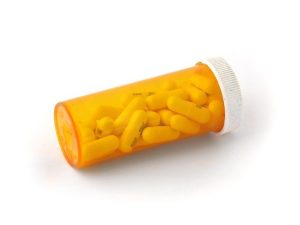Statewide Iowa — Around 60,000 hunters will head to the timber in the next few weeks as Iowa’s archery deer season gets underway. Here’s some tips and information to help you prepare for Iowa’s deer seasons:
Scouting is important this year
For hunters in the derecho corridor, this year will not be like seasons past. In a typical year, deer tend to focus on existing food sources, then turn to green browse as the harvest continues. Given the amount of waste grain in the derecho fields, bow hunters may need to rethink their strategy.
Hunters should spend time getting reacquainted with the new landscape and pattern deer habits. Deer are habitual animals, but in the area impacted by the historic August storm, deer travel lanes, food sources and even some bedding areas have likely changed.
Text to harvest
New this year is the option to report the harvest via text message. Simply text the registration number to (800) 771-4692 and follow the prompts. Hunters are still able to report their harvest online, by phone, or using the Go Outdoors Iowa app.
Hunters who harvest a deer are required to report their harvest by midnight on the day after it is tagged or before taking it to a locker or taxidermist. The hunter whose name is on the transportation tag is responsible for making the report. If no deer is harvested, no report is necessary.
Iowa deer population down slightly
The results of Iowa’s annual spring spotlight survey indicate the population is 3 percent lower than last year. Part of the decline could be related to last year’s outbreak of epizootic hemorrhagic disease in certain locations.
“What we know is that the population can recover,” said the DNR’s Tyler Harms. “While we were in a pretty significant drought this year, we haven’t received any reports of the disease. That may change as the crops come out, but so far, so good.”
New! Deer donation program
Hunters may now sign up as a deer donor with the Iowa Deer Exchange. The free program is a database to connect deer donors and potential recipients who are interested in deer meat. Sign up and learn more at www.iowadnr.gov/deer (on that page, scroll down to Iowa’s Deer Exchange Program).
Additionally, the Iowa DNR, the Food Bank of Iowa and 39 meat lockers continue to participate in the Help Us Stop Hunger (HUSH) program for 2020. Hunters are encouraged to contact a participating locker before harvesting a deer for drop off instructions.
2020-2021 Upcoming Deer Hunting Seasons
Bow: Oct 1-Dec 4 & Dec 21-Jan 10, 2021
Early Muzzleloader: Oct 17-25
Regular Gun 1: Dec 5-9
Regular Gun 2: Dec 12-20
Late Muzzleloader: Dec 21-Jan 10, 2021
Holiday Antlerless-Only: Dec 24-Jan 2, 2021
Changes to deer seasons
-The antlerless deer quota has been adjusted in 23 counties.
-The January antlerless deer season will not be offered this year except in certain zones for chronic wasting disease management.
-The early muzzleloader and first shotgun season buck-only restriction has been removed in Winnebago, Worth, Hancock, Cerro Gordo, Franklin, Hardin and Grundy counties. The early muzzleloader buck-only restriction has been removed in 20 additional counties in northwest corner of the state.
Practice ABCs of Tree Stand Safety
Tree stand incidents can happen to deer hunters regardless of skill level or experience, resulting in serious injury or even death. In nearly every case, these incidents were preventable.
To help prevent injuries, the Iowa DNR encourages hunters to practice the ABC’s of Tree Stand Safety.
Always remove and inspect your equipment.
Buckle on your full-body harness
Connect to the tree before your feet leave the ground
By performing these three simple steps and properly using a haul line, tree stand users can virtually eliminate their risk of falling to the ground.
CWD sampling
While chronic wasting disease sample collection is often associated with the shotgun seasons, the Iowa DNR does collect deer tissue samples during bow season as part of its statewide annual effort to monitor for the fatal disease.
The DNR hopes to collect at least 15 samples from each county, with higher quotas where the disease has been found in wild deer or in adjacent counties. Hunters willing to provide a sample should contact their local wildlife biologist to arrange for collection.
If the county quota has been filled, or if the hunter is interested in testing a fawn or other nonpriority deer, hunters may choose to pay for their own test through a new partnership with the Iowa State University Veterinary Diagnostic Laboratory. Hunters should contact their local wildlife staff and ask how they can get their deer tested; the DNR will collect and submit the sample on their behalf. There is a $25 fee for the laboratory to run the test. Results should be available within 2-3 weeks.










